The difficult thing about this type of furniture restoration project is to start it. Once you start, you realize that they are easy and that with pure dedication you can finish them. In most cases, even technical knowledge is not necessary. For example, painting a cabinet seems to be a carpenter’s thing, but even a novice is capable of this task. If the time has come to renovate the look of your home, and you want to know how to paint a bathroom vanity, then keep reading.
Painting a bathroom vanity can be the perfect time to make other adjustments and improvements, such as a change of hinges, knobs, and other elements. You could even change the old faucet for a modern one. However, let’s go step by step and see everything you need.
Necessary preparations
You can’t start without the materials
Before starting the project, the first thing you should do is to make sure you have all the necessary materials and supplies. Some basic woodworking implements are foam roller, alcohol, primer, household cleaner, sandpaper, latex-based acrylic paint of the color you want, a brush, tape, and newspapers or plastic sheeting to protect the floor
Additionally, you will need other materials depending on the state of your vanity and how you want to approach the project. You might even need a screwdriver, hammer, and a razor if you want to carve the wood.
It’s time to take apart the cabinet
With all the materials prepared, it is time to separate the vanity into pieces. As with other cabinets, to paint a bathroom vanity you must remove the doors and drawers from the mainframe.
It is recommended that you take photos of the drawers to have a reference for later. Additionally, with the painter’s tape, you can label the pieces to know where they are located.
To remove the hinges, just unscrew them from the wood or plastic. Put them in a safe place, such as a rag, to avoid losing them.
You should also remove other items you want to replace, such as taps, as this will make the painting and remodeling job easier.
Some drawers can be completely disassembled, which means that you can remove their front cover. Vanities of this type are much easier to remodel.
If applicable, test if your new faucet fits the vanity’s existing holes. If not, you should cut or fill the sheets depending on the case. Wood putty is perfect for a quick fill, and you only need to make sure to sand it when it’s dry.
If you need new holes, these will be done at the end of the paint job, so now you only have to worry about covering those you no longer need.
You have to clean it thoroughly
You cannot start painting if your cabinet is dirty. All particles, even those that originate from sanding the drawers, will remain glued when painting, which will give it a rough texture that will break soon after.
Since the materials in bathroom vanities are mostly waterproof, you can superficially wash them using soap and water. Use dish degreaser to remove stubborn stains. Then rinse twice and let dry.
In case you need a stronger cleaning, it is recommended to use trisodium phosphate (TSP). To handle this compound you will need to wear gloves. Dilute a little TSP in water and pour the result into a sponge. This will clean each drawer until stains are removed. Remember to dry your vanity using a dry cloth.
Whenever you sand any item, you should clean the vanity. This microscopic dust can be removed using a vacuum cleaner and a damp cloth. Old paint can be removed with sandpaper, although larger parts can be removed by hand if they are falling off.
Finally, items that are glued with silicone or some other adhesive can leave residues of the glue in the cabinet. This is easily removable with alcohol and the TSP solution.
Repair and prepare the holes
As we mentioned previously, you may want to make a brand new DIY bath vanity that includes modern faucets. For this, you must first fix a couple of things. If your vanity is scratched and bruised, it’s time to repair these blemishes. If you are changing the faucet or other items, you will need to prepare the holes for its installation.
The bumps can be easily repaired using wood putty. Apply a layer of white putty with a flexible spatula, firmly pushing the compound. When it is compact, remove the excess with the spatula’s edge. The process is similar if you are going to fill pipe holes.
When the filler is dry, you’ll need to sand them down to remove any blemishes.
If your cabinet has any protection or primer, you should sand it to create a slightly rustic texture so that the paint has a surface to adhere to. 220-grit sandpaper will work to achieve this finish.
Remember to sand the corners too, leaving them a smooth finish. In the end, you have to clean the generated waste. Now you are ready to get started with decorative workmanship.
How to paint a bathroom vanity: it’s time to be creative
First, the base layer
The intention of achieving a slightly rustic surface was to be able to apply a primer coat that will serve as a canvas for your new painting. Your cabinets should already be as good as new after the preliminary preparations.
You must select the type of primer corresponding to the paint to be used. In your hardware store they will guide you to know which combinations work; you just have to remember that if the primer is water-based, the paint must also be.
Knowing how to paint a bathroom vanity is just the beginning. The important thing is to have the pulse for the different layers that you must paint. The primer, for example, must be applied to all the areas you want to paint. A uniform coat should be enough, as its primary function is to help the paint adhere.
Once the primer has dried, sandpaper must be gently brushed to remove air bubbles and excess compound.
The primer should dry for at least 24 hours before you can paint over it. Depending on the manufacturer, this time may be less, so you have to consult the product packaging.
It is good that in this part you place some newspapers or plastic blankets on the floor to avoid staining it.
Painting your bathroom cabinets
With the primer dry, wipe off the residues and get ready to paint. First, use a roller to cover large areas. Start with the back and edges of doors and drawers.
For the front, the one you will see constantly, use a roller for large areas and a brush to paint in detail. Getting a smooth finish is easier with a brush, but it will also depend on whether it is the right one.
With this, you already know how to paint a bathroom vanity, and there is only one step remaining.
Assembling the new vanity
As with the primer, allow the paint to dry overnight. When all the pieces are dry, it’s time to assemble your new vanity. Use the photos and labels to assemble it.
Start by assembling the faucets and pipes (drill new holes if necessary), then install the drawers, and finish with the doors.
Ending thoughts on how to paint a bathroom vanity
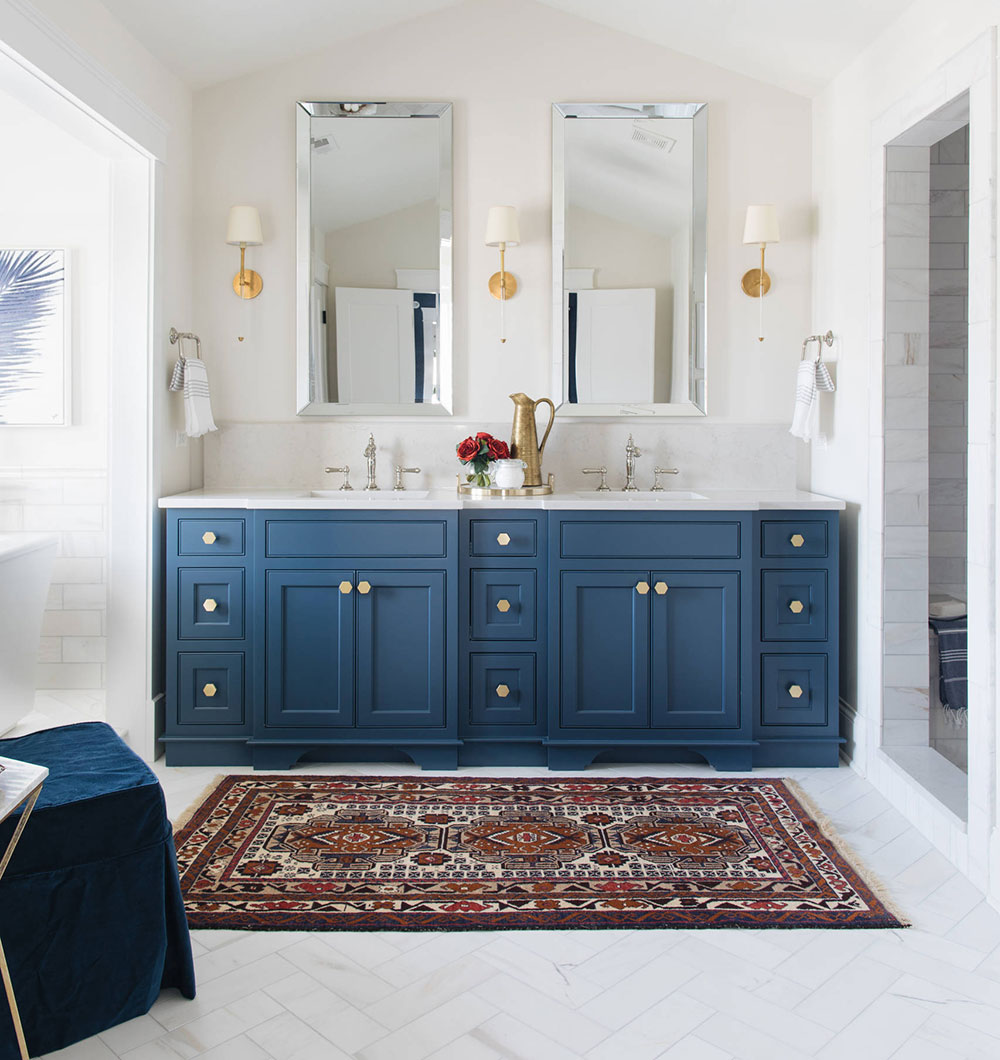
Image source: Timber Trails Development Company
We finish this little guide with some tips that can facilitate this process, especially for newbies.
You can carry out all this process directly in your bathroom, although it is recommended to remove the vanity to completely disassemble it.
Remember to wear a mask at all times to avoid inhaling residual particles and strong paint odors. You should work in an area with good ventilation.
There are special paints that do not require a prior primer. Check with the hardware store if they have them available, as this will make the project faster and easier.
If you enjoyed reading this article about how to paint a bathroom vanity, you should read these as well:
- How you can take full advantage of these wainscoting bathroom ideas
- DIY bathroom vanity ideas and options you can try
- Bathroom wallpaper ideas that you can try in your home
The post How to paint a bathroom vanity quickly and with no stress appeared first on Impressive Interior Design.
source https://www.impressiveinteriordesign.com/how-to-paint-a-bathroom-vanity/
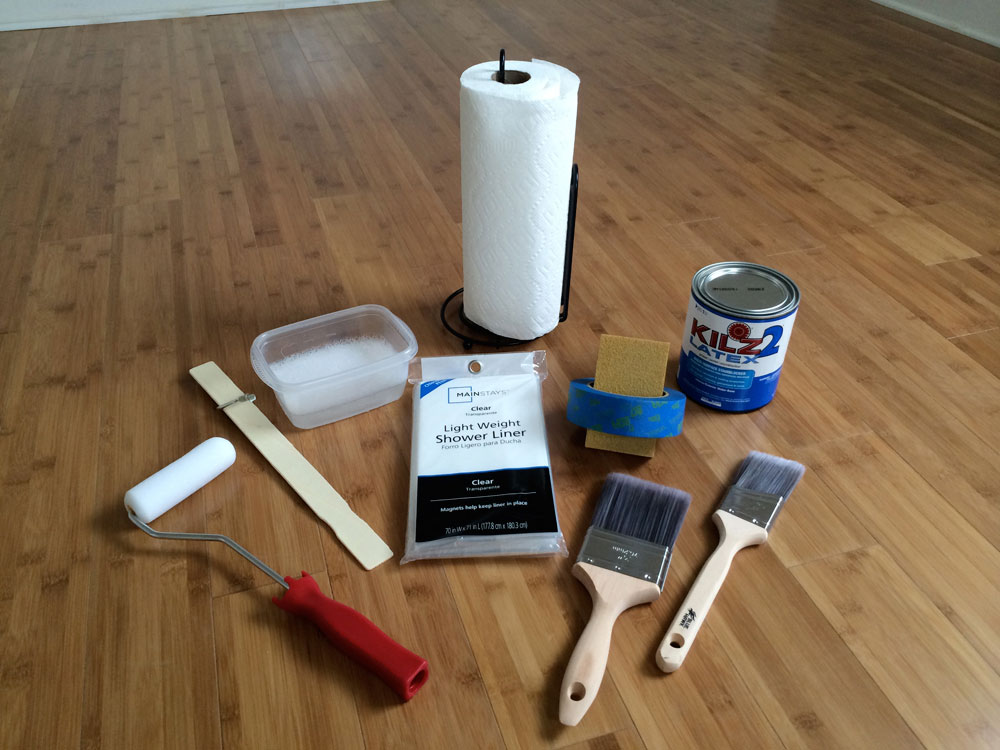
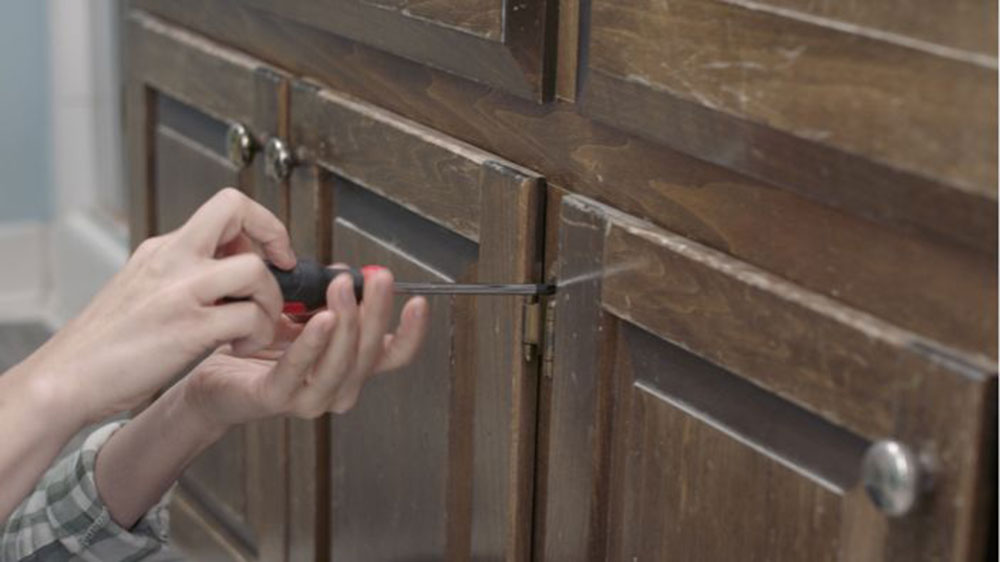
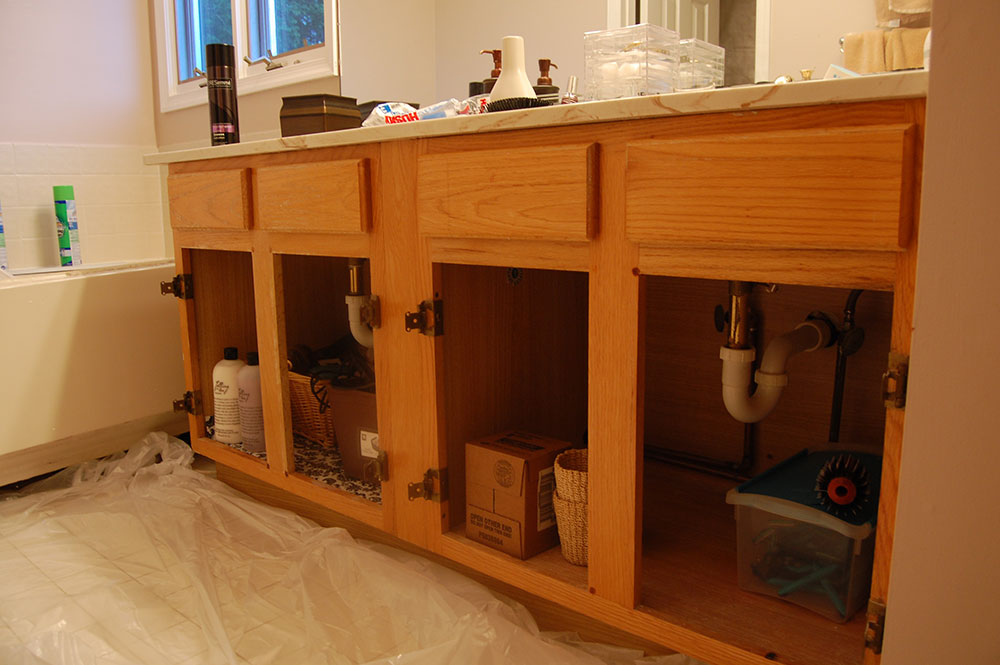
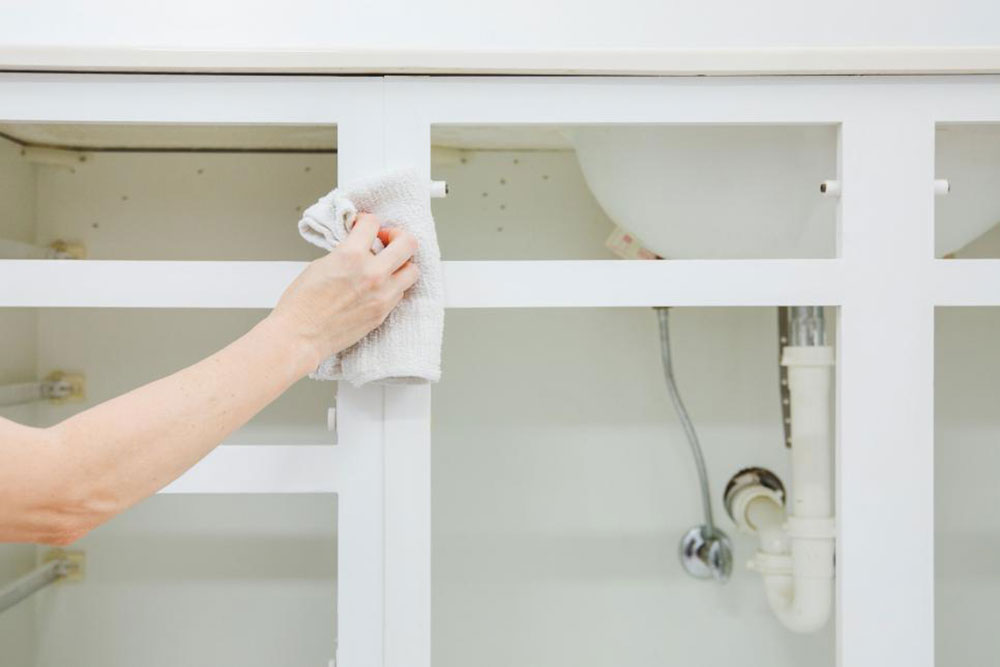
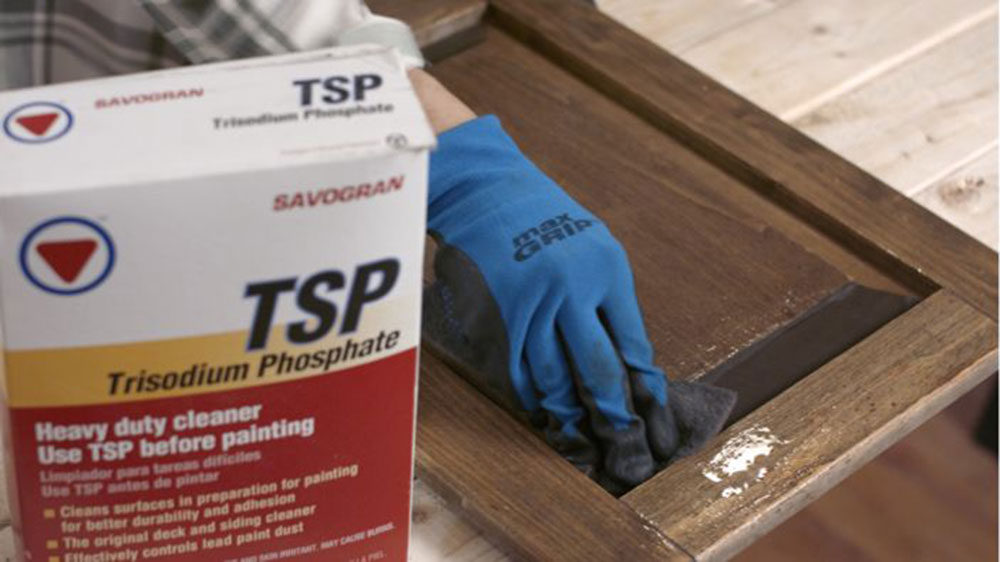
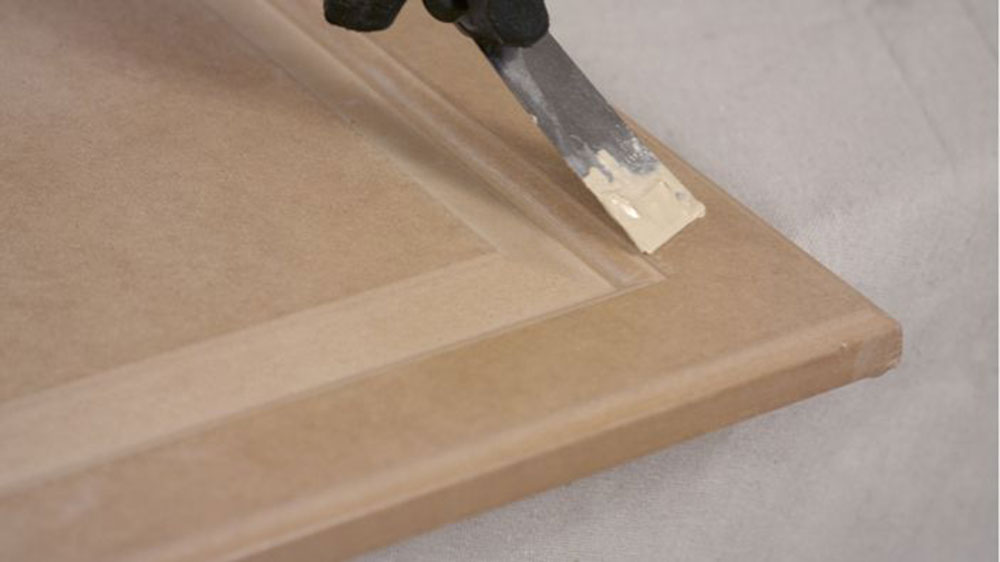




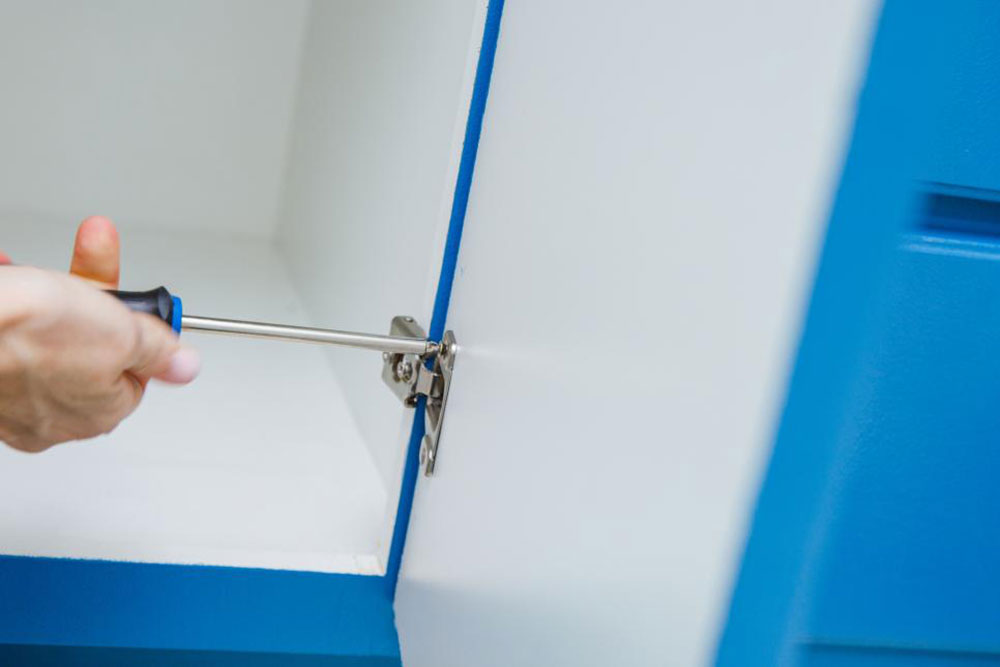
No comments:
Post a Comment